.jpg) |
For more than three decades, Michael Stevens has used nostalgic images and icons of American middle-class life from the ‘30s, ‘40s and ‘50s to create theatrical works that blend painting and sculpture to explore the contradictions of our national character. His works, which are on view at Braustein/Quay Gallery, through June 20, combine good and evil and innocence and guilt in equal parts. A subtle and sometimes savage mix of comedy and gravity, they address universal issues that transcend the uniquely American milieu from which they arise. Few artists manage this feat with as much wit and material invention, and in this show, "One Act Plays", Stevens, 63, is in top form.
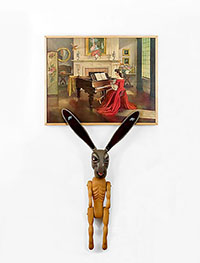 |
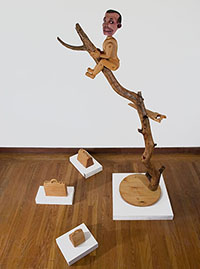 |
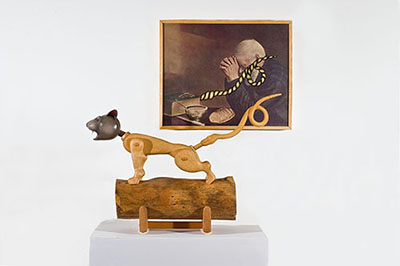 |
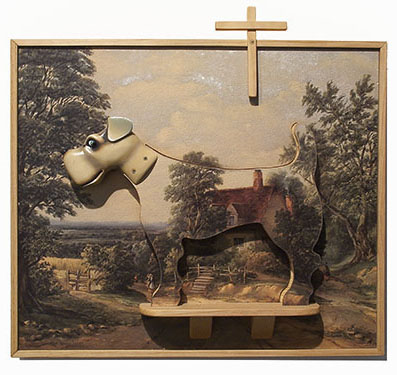 |
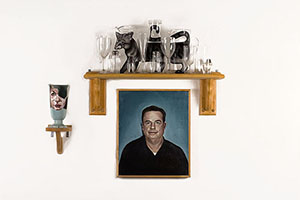 |
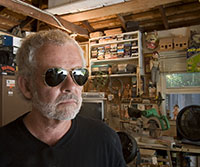 |
Mike is a god. I take that back. Mike is God. Dear Heavenly Mike. Thank you for creating all things good, i.e. your art. Sincerely, a faithful devotee.